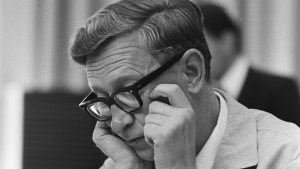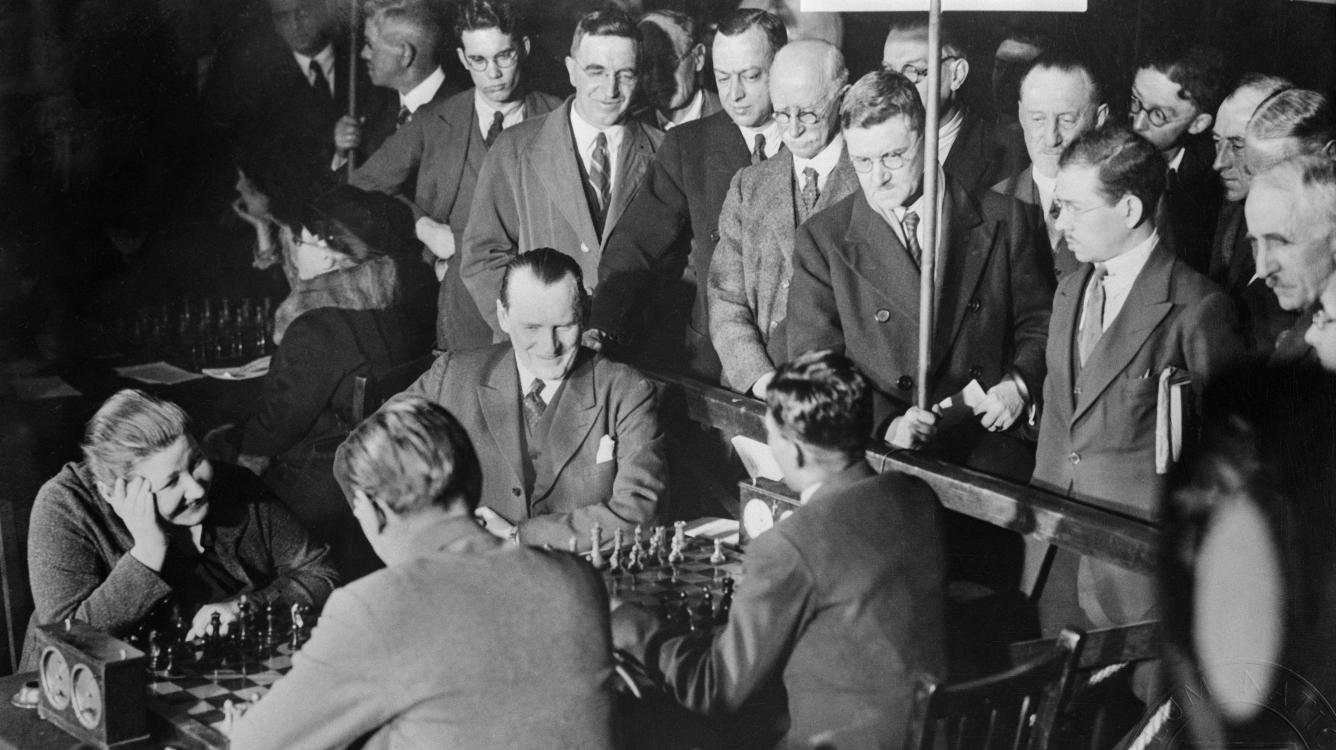
Vera Menchik: The Real-life Beth Harmon
Over the past few weeks “The Queen’s Gambit” has taken the world by storm. The story of a young girl, Beth Harmon, who escapes the difficult childhood thanks to her immense chess talent and beats the best men in their game has captured the attention all over the world. Thanks to this Netflix mini-series, many people who didn't know the difference between a rook and a knight have discovered an interest in chess.
But what if I tell you that many years before the times depicted in the “The Queen’s Gambit,” long before the Second World War, a similar story has already played out in real life?
The name of the first woman who challenged the men in chess was Vera Menchik, and her rise to fame in the deeply patriarchal 1920s-1930s was in many ways even more astounding than that of the fictional Beth Harmon in 1950s-1960s.
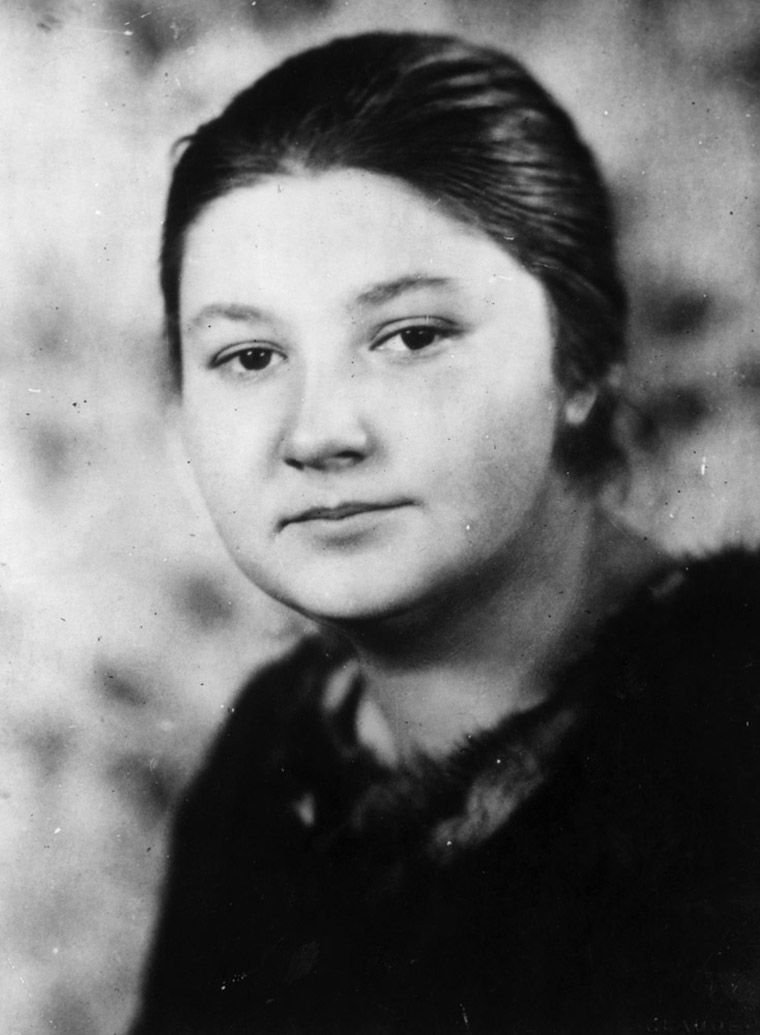 Vera Menchik was the first Women’s World Chess Champion, and she held this title from 1927 until her tragic death during the war in 1944. She completely dominated the women’s chess, in ways that none of the men champions ever did. The closest comparisons among the men’s champions are probably Emanuel Lasker, who held the world championship even longer, or Alexander Alekhine, the only world champion other than Menchik to die on the throne.
Vera Menchik was the first Women’s World Chess Champion, and she held this title from 1927 until her tragic death during the war in 1944. She completely dominated the women’s chess, in ways that none of the men champions ever did. The closest comparisons among the men’s champions are probably Emanuel Lasker, who held the world championship even longer, or Alexander Alekhine, the only world champion other than Menchik to die on the throne.
Menchik is also famous for being the first woman to play in top-level men’s tournaments. She paved the way for other women, such as Nona Gaprindashvili and Maya Chiburdanidze, who were able to compete with male grandmasters, and later Judit Polgar, who made it into the Top-10 and played in the FIDE World Championship tournament.
Like the fictional hero of the “The Queen’s Gambit,” Vera Menchik had a difficult childhood—her childhood coincided with the 1917 revolution in Russia. A few years later, her parents split. Throughout her life, Vera Menchik had difficulty fitting in and she was always perceived as an outsider.
And yet, thanks to her immense chess talent, Vera Menchik has achieved something that was unthinkable at the time—challenging the best men players of the time in chess.
Unfortunately, Vera Menchik is all but forgotten today. Given the renewed interest in women’s chess that “The Queen’s Gambit” has generated, it is high time to revisit Vera Menchik’s historical contribution to chess.
Turbulent Teenage Years
Vera Menchik’s story was far from ordinary from the beginning. She was born on February 16, 1906 in Moscow. Her father was Czech and her mother English, although only partially, as British newspapers dutifully pointed out. Both of her parents worked in Russia—her father as a manager of estates for wealthy families, her mother as a governess. Vera grew up speaking only Russian. Her parents did quite well, as they owned a house in Moscow and a mill. Vera went to a private girls’ school. In 1913, she traveled to England, presumably to visit grandparents, and spent a month there.
Everything changed with the Russian revolution of 1917. The Menchiks found themselves in the middle of a civil war and living under a regime which treated even moderate wealth with suspicion. The mill was confiscated. The family was required to share their house with others and eventually lost it altogether. Private schools were no more, so Vera had to switch to a public school. She described the challenging conditions of those years in a letter to CHESS (May 1943):
During the winter of 1919-20, the school I attended was for some time without water, heating or electric light, yet the classes went on, and the students, clad in their fur-lined coats and hats, read by the light of a few flickering candles or an oil lamp, and then perhaps had an hour’s walk home through the snow, for all traffic stopped after working hours.
It was in these difficult years that Menchik started to play chess. Her father taught her the rules when she was nine, and later she played in a school tournament.
In the autumn of 1921, the Menchiks finally left Russia. Her parents split at this point, Vera’s father returning to Czechoslovakia, and her mother arriving in England with her two daughters, Vera and Olga. They settled in St. Leonards-on-Sea, a small town that is part of Hastings, where they lived in Vera’s grandmother’s house.
For the girls who grew up with the privations of post-Revolutionary Russia, England must have felt like a different planet. Vera later recalled what struck her the most when she first came to England:
The way the milk bottles can be left outside houses; that would be impossible in Russia—they would be stolen.
Time for Chess!
It was in England that Menchik took up chess in earnest. As she explained, part of the reason was her poor command of the language:
I have often been asked, what made me think seriously about chess? It would appear that the atmosphere of silence and heavy smoking is not appropriate for a young lady. That’s true! In other life circumstances, it would not occur to me to spend time in such a way, but chess is a quiet game and therefore the best hobby for a person who cannot speak the language properly.
In 1924, Vera joined Hastings Chess Club and put in a lot of work into studying chess. She also started taking private lessons. Her first chess coach was a local player, John A.J. Drewitt, who taught her the closed openings.
Later she studied with the illustrious Géza Maróczy, who was a local resident and member of Hastings Chess Club at the time. The Hastings and St. Leonards Observer (April 25, 1925) mentions that Menchik played about 20 games against the grandmaster. Maróczy was a great positional player and had a tremendous impact on Menchik’s playing style.
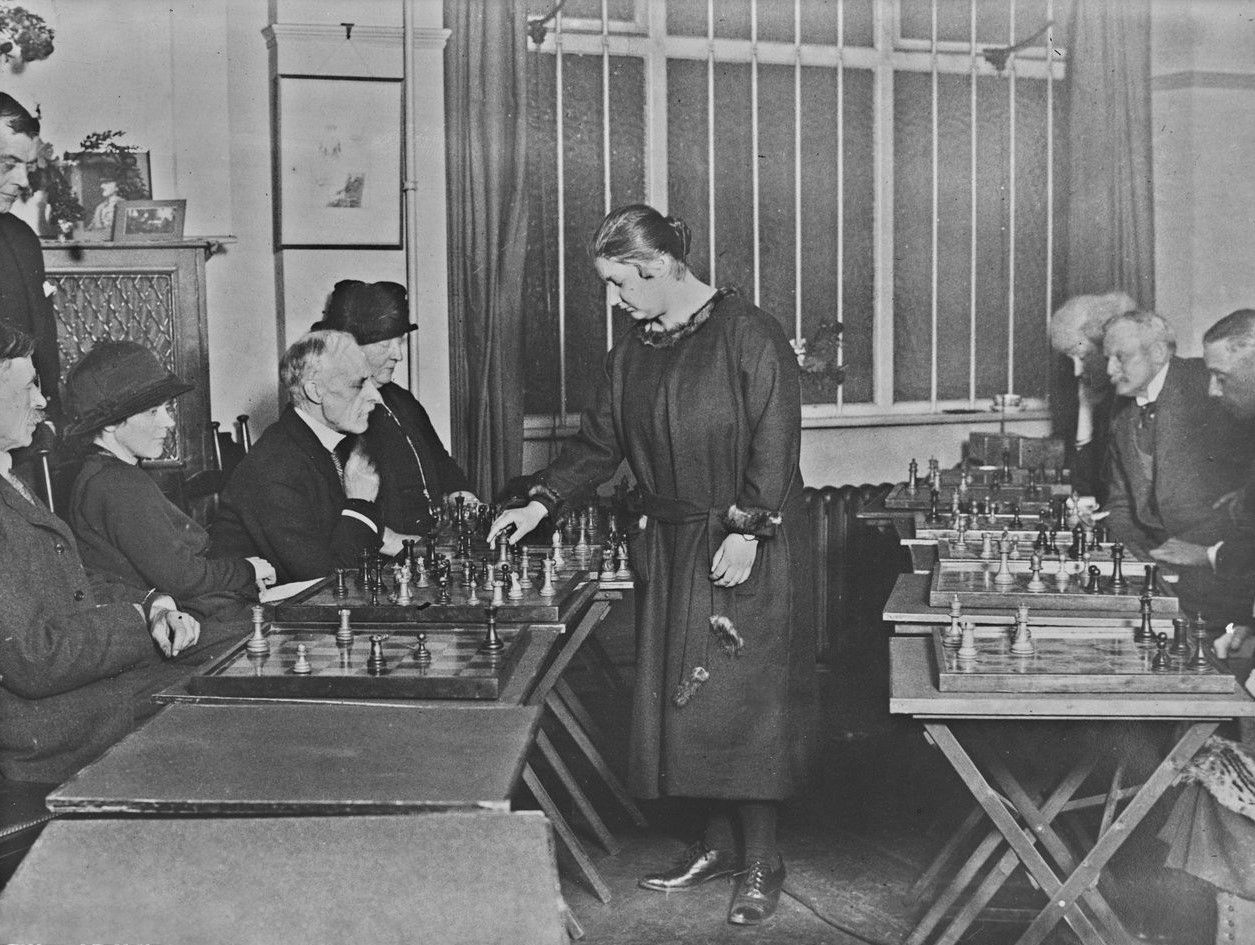
At first Menchik mostly played in the club competitions and team matches, making steady progress from the bottom boards to the top ones. She was lucky to live in a town that was famous for its chess tournaments. In 1923/24, Menchik made her first appearance in one of the lower groups of the Hastings Christmas Congress, and she quickly climbed through the ranks. By 1926/27 Menchik had tied with Philip Stuart Milner-Barry for first place in the Major Reserve section, her first victory in a men’s tournament. Then in 1929/30 she debuted in the Premier tournament, which was the first of her six appearances in the top section at Hastings.
Women’s World Champion
By this point, Menchik had already established herself as the strongest woman player in the world. She won the inaugural Women’s World Chess Championship that took place in July 1927 in London, on the sidelines of the first Chess Olympiad, with the impressive score +10=1. The Women’s Championship was a relatively low-key affair, and only in November 1929 did Menchik receive a gold medal and a cup for this victory. The cup, presented by Lady Margaret Hamilton Russell, was intended to be held by the current Women’s World Champion. It was the second of the famous Hamilton Russell Cups; the first of which still serves as the main prize at each Olympiad.
The prestige of Women’s World Championships and the level of play gradually increased in the years that followed, but Menchik always remained head and shoulders above the competition. She successfully defended her title in six more championship tournaments and one match, winning most of them by a large margin. Three times—at Folkestone 1933, Warsaw 1935 and Stockholm 1937—she swept the championships clean, twice with a score of 14/14 and once with 9/9. In total, Menchik scored 91½ points out of 99 games that she played in Women’s World Championships, losing only three games over 12 years.
The only serious challenge to Menchik’s supremacy in women’s chess was mounted by the talented German player Sonja Graf. They played a short friendly match in 1934 and another for the World Championship title in 1937 (Menchik won both). The closest Graf came to the title was at the 1939 World Championship tournament, where she finished two points behind Menchik, but only after losing a winning position in their head-to-head encounter.
Here is a fragment from their 1937 Women World Championship match:
Menchik kept on playing in the Women’s World Championships until the end of her life, but from the late 1920s on, her primary focus was on men’s competitions. In 1928, she successfully played in a few tournaments in England and scored her first victories over acknowledged masters. By the end of that year, she was able to hold her own against the English men: she scored 50% at Scarborough and “+1” at the BCF Open in Tenby.
Her breakthrough came in 1929, when she tied with Akiba Rubinstein for second place at a tournament in Ramsgate, finishing only half a point behind Capablanca and ahead of her former coach Maróczy and several other masters. It was a Scheveningen-style competition, in which a British team was pitted against the overseas visitors. Vera Menchik played for the international side and faced the British players, led by Sir George Thomas and Frederick Yates.
The final standings at Ramsgate leave no doubt as to how the teams stacked up against each other: the highest-scoring Briton, Sir George Thomas, scored only 3½/7, and finished in seventh place overall. Of course, Menchik would have found it much tougher had she had to play against Capablanca, Rubinstein, and Maróczy instead of the English masters. Nevertheless, her result was a sensation, and on the wave of her success, she received invitations to two major international tournaments, a small round-robin in Paris and then Carlsbad 1929, arguably the strongest chess tournament since the end of World War I.
A First Super-Tournament
Carlsbad 1929 featured an incredibly strong line-up: Capablanca, Rubinstein, Euwe, Nimzowitsch, Bogoljubov, Tartakower, Marshall, etc. Of the strongest players in the world, only Alekhine and Lasker were absent. The tournament turned out to be the highlight of Aron Nimzovich’s career—he finished clear first with an impressive 15/21.
It was a first super-tournament for Menchik, and everyone expected her to finish last. The only question was how many points, if any, she would be able to score. Salo Flohr recalled the atmosphere of Carlsbad 1929 in an article that was published in the Soviet journal 64 several decades later (No. 4/1983):
There are always plenty of big mouths among the chess players. There were many of them at Carlsbad as well. Austrians are fond of jokes and humor. Thus, the witty Hans Kmoch imprudently declared before the tournament started: “If Menchik scores more than three points, I am entering women ballet!”
Menchik must have felt sorry for Kmoch: she scored exactly three points. However, she did not spare another Viennese, Albert Becker, who is 86 now and lives in Buenos Aires. I attended the tournament as a journalist. The atmosphere was friendly. Many of the participants were gathering after the games in the café Schützenhaus. It was there after the first round that the smiling Professor Becker made the following proposal: “Gentlemen, I have a great idea. I suggest forming a club named after Vera Menchik. Those who will manage to lose a game to her will become full members of the club. Those who draw will only be considered as candidates for membership.”
Guess what? In the third round, Becker lost to the Women’s World Champion. You can imagine the laughter in the evening! Someone said: “Congratulations, Professor Becker! You are hereby elected as the President of Vera Menchik Club!”.
Vera Menchik did not just win that game—she produced a masterpiece of positional play!
Praise from Alekhine
In the end, Menchik only scored three points from 21 games at Carlsbad, but her performance was still regarded a success. Alexander Alekhine, who published a series of articles on the tournament in The New York Times, wrote the following at the end of round 15:
I have suspended final judgment so far about Miss Vera Menchik of Russia, because the greatest caution and objectivity in criticism are necessary regarding any one so extraordinary. However, after fifteen games, it is certain that she is an absolute exception in her sex. She is so highly talented for chess that with further work and experience at tournaments, she will surely succeed in developing from her present stage of an average player into a high-classed international champion.
She indisputably has attained her three points against the strong masters, but it is little known to the public that she also has attained superior positions against Euwe, Treybal, Colle and Dr. Vidmar. She was beaten by Dr. Vidmar only after a nine-hour match. It is the chess world’s duty to grant her every possibility for development.
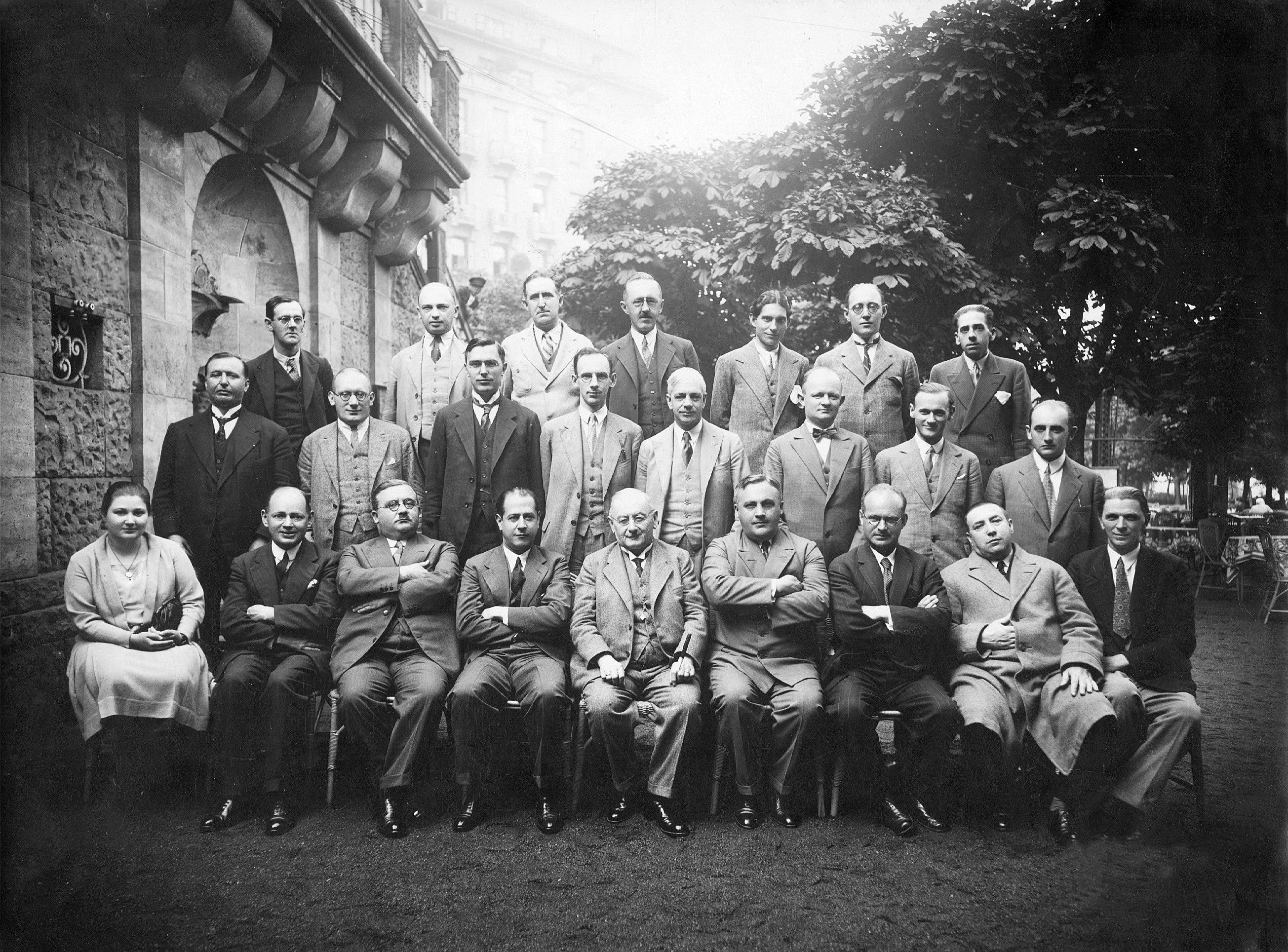
The World Champion’s call was heard, and Menchik continued to receive invitations to men’s competitions. At her next tournament, Barcelona 1929, she scored seven points from 14 games, securing the last of the eight prizes. It was hailed as the first time a woman had won a prize in a master-level tournament.
Over the next 15 years, Menchik played in a few dozen tournaments with the men. Typically, she would finish in the lower half of the table in the stronger tournaments, such as Hastings or Margate, but usually with a few victories over masters and sometimes a grandmaster scalp or two to her name: for example, she defeated both Max Euwe and Mir Sultan Khan at Hastings 1931/32.
However, in the second-tier tournaments, Menchik would often finish at the top. She claimed clear first at the British Chess Federation Major Open in 1931 with unbeaten 9/11, finishing ahead of several masters, such as Broadbent, Znosko-Borovsky and Golombek. The next year she again scored 9/11 in the Major Open, but this time finished second, because George Koltanowski outdid her with 9½ points.
Unlike the fictional hero of “The Queen’s Gambit,” Menchik never quite made it to the level of the top grandmasters of the time. She routinely lost to the strongest players, but that only gave her occasional victories or draws more weight. For example, Menchik only scored three draws at Moscow 1935, losing the other 16 games. However, her draw with Salo Flohr played a big role in the final table, as Flohr failed to secure clear first prize, instead sharing it with Mikhail Botvinnik.
Menchik’s results could have been better, but for her chronic weakness in tactics. She could blunder anything to anyone, but she was not unique in that. In fact, it was the main difference between grandmasters and masters in pre-war years: grandmasters were more consistent, while regular masters were prone to bouts of tactical blindness.
Blundering was one of the reasons behind Menchik’s horrible score against the top grandmasters (0/9 against Capablanca, 0/8 versus Alekhine and 1½/10 with Flohr). However, she did much better against the leading British masters and she often finished above them in the tournaments (+2=4 vs C.H.O’D. Alexander, +1-4=4 vs H. Golombek, +4-1=4 vs R.P. Michell, +5-3=8 vs P.S. Milner-Barry, +3-4=4 vs E.G. Sergeant, +10-6=13 vs Sir G.A. Thomas, +5-7=4 vs W. Winter, +2-3=5 vs F.D. Yates). These results would have probably qualified Menchik for the Men’s International Master title, if only she had lived until 1950 when IM titles were first awarded by FIDE.
A Foreigner in Britain
Despite living in England for many years, Menchik was considered a foreigner until the late 1930s and was thus ineligible for the national competitions. In fact, Menchik’s citizenship brought her complications for most of her life. When she won her first World Championship title, the British newspapers referred to her as a “Russian refugee.” In the above-mentioned quotation from 1929, Alekhine referred to Menchik as a Russian, although in most tournaments she was already listed as Czechosolvakian, the country of her father. Menchik even played in two Czechoslovakian Men’s Championships, in 1933 and 1936.
Vera Menchik finally became a British citizen after marrying Rufus H.S. Stevenson in 1937. Her husband was 28 years her senior and was deeply involved in chess as a player and tournament organizer. It was the second marriage for Mr. Stevenson. Incidentally, his first wife, Agnes Stevenson, was also a chess player who participated in three Women’s Championships. She died in a macabre incident on the way to her fourth World Championship: she walked into an aircraft propeller at Poznan airport.
Vera Menchik’s marriage lasted only a few years, as Mr. Stevenson suffered from ill health and died in 1943. It was a happy marriage and Vera Menchik was deeply distressed after her husband’s death. Sadly she outlived her husband by less than a year. On June 26, 1944 a German V-1 flying bomb hit the London house where Vera lived together with her sister and the mother, instantly killing all three of them.
In the aftermath of her death, chess journals in Britain and all over the world printed obituaries and articles about Vera Menchik. However, she was neither the first nor the last world champion to die during or immediately after the war—Lasker, Capablanca and Alekhine all passed away in the 1940s—and Menchik’s name quickly faded from public memory.
One might expect that a great number of articles and books were published about her, but unfortunately this is not the case. The first major biography of Vera Menchik was published in 1957 by another Women’s World Champion, Elisaveta Bykova (in Russian). For almost 60 years it was the only book about Vera Menchik, but then in 2016 two different biographies of Vera Menchik appeared – one by Robert B. Tanner, published by McFarland (in English), the other by Jan Kalendovský (in Czech).
This is a big step forward, but still it is safe to assume that few people have access to these books or have seen any games of Vera Menchik. One cannot help but wonder why so little has been written about the best woman player of the first half of the 20th century.
I believe that Menchik still suffers from a biased perception that can be traced all the way back to 1930s and the initial reaction to her performances in the men’s tournaments. At a time when women were still largely looked down upon and did not even have voting rights in many countries, the appearance of a strong woman chess player challenged the status quo. No wonder that press treated Menchik’s participation in the men’s tournaments as a sensation—it was almost scandalous.
In the 1930s, most men were all too happy to downplay Menchik’s successes and to laugh at her failures. Menchik’s style was routinely called “dull” or “boring.” Her victories over the famous grandmasters would always appear in the chess journals, but few of her games against the lesser mortals did. And of course, the whole idea of the ‘Menchik Club’ is inherently sexist and degrading. It did not occur to anyone to suggest, say, forming a ‘Sir George Thomas Club,’ even though Vera Menchik had a large plus against this British master.
Oddly, even the women sometimes joined in ridiculing Menchik, perhaps unwittingly. There is an often-recounted story that after Max Euwe’s second loss to Menchik, his wife came to the tournament hall to check that Euwe’s losses were not romantically motivated. Whether this story was true or not, it certainly succeeded in landing a punch against both the mind and the appearance of the Women’s World Champion.
Finally, it did not help that Menchik was considered a foreigner in every country that she had a connection with. Britain never completely accepted her because she was not born there, she could not speak Czech despite representing that country in tournaments, and she was not Russian, despite speaking the language from birth. Menchik did not belong anywhere she went. She was the ultimate outsider and that is largely why she was not championed by any country even posthumously.
All these circumstances conspired to make Menchik a target of constant scorn and ridicule, which she withstood stoically, thanks to her naturally calm and reserved temperament. However, they must have taken a toll. We shall never know how many points it all cost her and what she could have achieved if she did not have to endure such indignities. The additional handicaps that Menchik had to overcome are rarely mentioned, but they make her achievements all the more impressive.
Vera Menchik paved the way for women in chess, and she did it a time when it was almost impossible. Sadly, her aspiration of women playing chess on par with men has still to be realized today, and that is why the lessons of Vera Menchik’s life and games are still as relevant today as they were more than seven decades ago.
An earlier version of this article has appeared in the August 2019 issue of the British magazine “CHESS”. I would like to thank the editor of "CHESS", IM Richard Palliser, for the kind permission to reprint the text. I am also grateful to the chess historians Jan Kalendovský and Olimpiu Urcan for sharing photographs of Vera Menchik.
I also published a series of blog posts on Chess.com with the analysis of Vera Menchik’s playing style and some of her best games:
